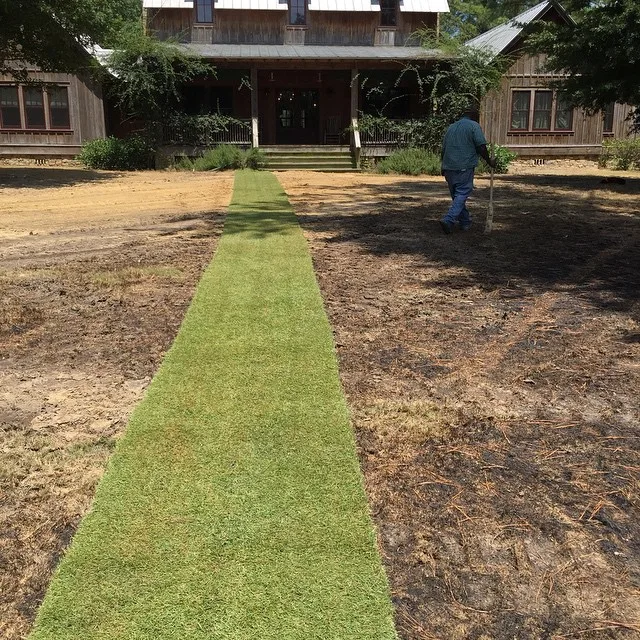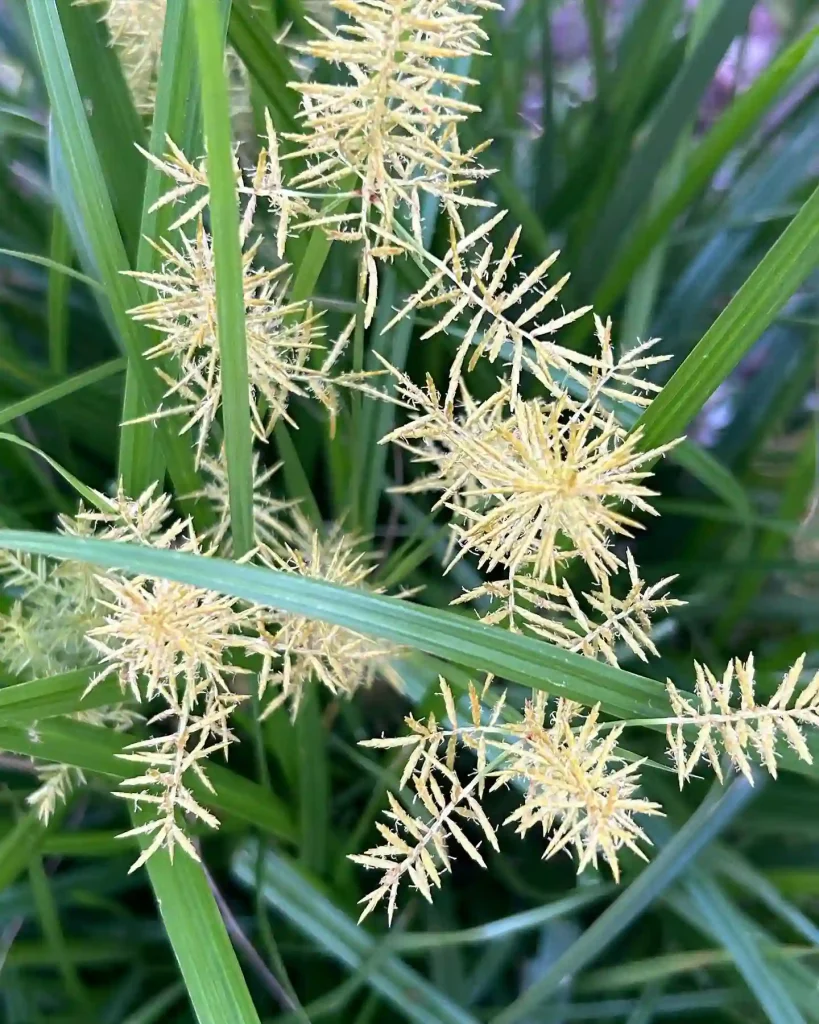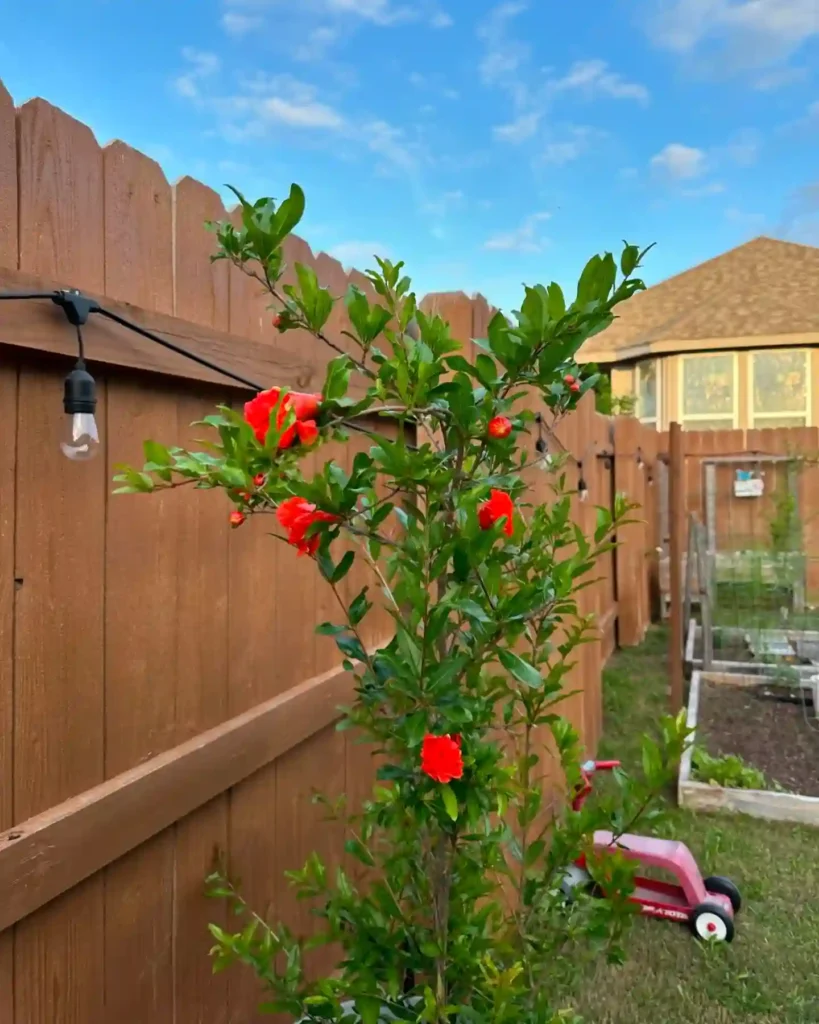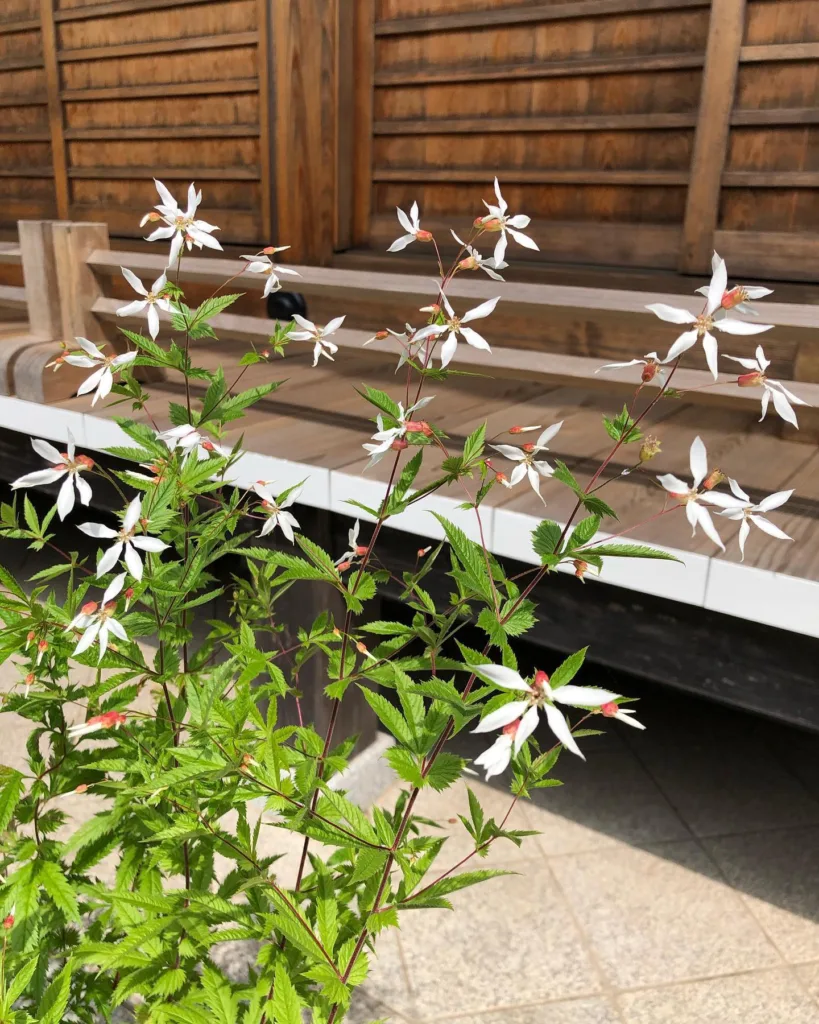My Fascination with Columelliaceae
I’m Ferb Vu, and today, I’d like to share my fascination with a rather obscure but captivating plant family, Columelliaceae. It’s a group of plants that often flies under the radar, overshadowed by more popular and widely recognized families. But for those willing to look a little closer, Columelliaceae offers a glimpse into the remarkable diversity and resilience of the natural world.
A Unique Family of Flowering Plants
Columelliaceae is a small family of flowering plants, comprised of only two genera, Columellia and Desfontainia. These plants are primarily found in the Neotropics, a region that encompasses the tropical areas of the Americas. You can spot them in the misty cloud forests of the Andes Mountains or the lush rainforests of Central and South America. They have adapted to various habitats, from high-altitude slopes to humid lowland forests, showcasing their ability to thrive in diverse environments.
Genera of Columelliaceae
- Columellia: This genus is named after the Italian botanist Fabio Colonna. It includes several species, such as Columellia oblonga, Columellia weberbaueri, and Columellia lucida. These plants are characterized by their simple, opposite leaves and their showy, tubular flowers, which often come in vibrant shades of red, orange, and yellow.
- Desfontainia: Named after the French botanist René Louiche Desfontaines, this genus comprises a single species, Desfontainia spinosa. This plant is sometimes referred to as the “Chilean holly” due to its spiny leaves, which bear a resemblance to those of the true holly (Ilex). It produces striking, bell-shaped flowers, typically in shades of red or orange.
Evolutionary Adaptations
One of the most intriguing aspects of Columelliaceae is the evolutionary adaptations its members have developed to survive in their respective habitats. For instance, some species of Columellia have evolved thick, leathery leaves to reduce water loss in the dry, high-altitude environments where they grow. Others have developed specialized structures to attract pollinators, such as brightly colored flowers or nectar-rich spurs.
Desfontainia spinosa has evolved spiny leaves, which likely serve as a defense mechanism against herbivores. Its flowers are also adapted for pollination by hummingbirds, with their long, tubular shape and bright colors. These adaptations highlight the remarkable ways in which plants have evolved to interact with their surroundings and ensure their survival.
Conservation Concerns
Unfortunately, like many plant families in the Neotropics, Columelliaceae faces several conservation challenges. Habitat loss due to deforestation, agriculture, and development poses a significant threat to these plants. Climate change is also a concern, as it could alter the delicate balance of their ecosystems and disrupt their life cycles.
Furthermore, some species of Columelliaceae are naturally rare or have restricted distributions, making them particularly vulnerable to extinction. It’s essential to recognize the importance of conserving these plants and their habitats. Protecting biodiversity is crucial not only for the sake of these fascinating organisms but also for the health and stability of the planet as a whole.
A Call for Appreciation
In a world where we often focus on the most conspicuous and charismatic plants, it’s easy to overlook the quiet beauty and ecological significance of families like Columelliaceae. These plants, with their unique adaptations and evolutionary histories, remind us of the intricate web of life that connects all living things.
I urge you to take a moment to appreciate the wonder of Columelliaceae. Whether you encounter them in the wild or simply learn more about them through books and articles, let these plants inspire you to explore the hidden corners of the natural world and to advocate for their conservation. After all, every plant, no matter how small or obscure, plays a vital role in the grand tapestry of life on Earth.
If i die, water my plants!



